Please note: In October 2020, we updated the DXOMARK Camera test protocol. Version 4 now includes image preview tests and a wide range of new test scenes as part of our new trustability evaluation, which measures the camera’s ability to deliver consistent still image and video quality across all shooting scenarios. We have retested this device using the new version 4 of the test protocol and produced this completely updated review. For more information, please see our article about preview, trustability and other version 4 updates of the DXOMARK Camera test protocol.
Hot on the heels of its S20, S20+, and S20 Ultra standard smartphones, the Samsung Galaxy Note20 Ultra 5G is the South Korean manufacturer’s latest business/consumer-oriented “phablet.” Equipped with a stylus for slicker note-taking, doodling, or photo editing, the Note20 Ultra 5G offers a sizable 6.9-inch dynamic AMOLED display with a 1440 x 3088-pixel resolution, HDR10+, and a 120 Hz refresh rate. Powered by an octa-core CPU and 12 GB of RAM internal memory, there’s plenty of processing oomph for the multi-tasking professional.
For photography, Samsung has dropped the time-of-flight (ToF) sensor found on the S20 Ultra and made some changes to the tele-camera setup on the Note20 Ultra. The primary camera looks essentially the same, featuring the same 1/1.33 MP, 108 MP-resolution sensor, with 3×3 pixel binning for outputting a 12 MP final image. This is coupled to a standard wide-angle 26 mm-equivalent lens that features an f/1.8 aperture, laser and PDAF autofocus, and optical image stabilization (OIS).
The tele-camera on the Note20 Ultra 5G now utilizes a standard-array 12 MP resolution with a 120 mm periscope-style lens for 5x optical zoom shots (or 4.6x if you’re being pedantic), compared to the 48 MP Quad-Bayer sensor with a 103 mm lens on the S20 Ultra. With a slightly underwhelming performance for zoom shots on the S20 Ultra in our tests, it will be interesting to see how this latest configuration compares. For ultra-wide shots, Samsung has unsurprisingly stuck with its tried-and-tested 12 MP 1/2.55-inch sensor and 13 mm-equivalent f/2.2 lens setup, which has performed admirably on many of their recent devices.
Finally, if you’re interested in moving images, the Note20 Ultra 5G captures 8K video at 24 fps, 4K at up to 60 fps, FHD up to 240 fps, or HD up to 960 fps. There’s also HDR10+ live image processing on video, stereo sound recording, as well as both gyroscope-enabled electronic image stabilization (gyro-EIS) and OIS.
That’s a lot of technology. Read on to find out how the Samsung Galaxy Note20 Ultra 5G performed under the brand-new version 4 of the DXOMARK Camera test protocol.
Key camera specifications:
- Primary: 108 MP 1/1.33-inch sensor, 26 mm-equivalent f/1.8-aperture lens with laser & PDAF and OIS
- Telephoto: 12 MP sensor with 1.0µm pixels, 120 mm-equivalent periscope-style (5x optical) f/3-aperture lens with PDAF and OIS
- Ultra-wide: 12 MP sensor, 13 mm-equivalent f/2.2-aperture lens
- LED flash
- Video: 8K 4320p/24fps, 4K 2160p/60 fps (2160p/30 fps tested)
- Exynos 990 chipset (Snapdragon 865+ in USA)
About DXOMARK Camera tests: For scoring and analysis in our smartphone camera reviews, DXOMARK engineers capture and evaluate over 3000 test images and more than 2.5 hours of video both in controlled lab environments and in natural indoor and outdoor scenes, using the camera’s default settings. This article is designed to highlight the most important results of our testing. For more information about the DXOMARK Camera test protocol, click here. More details on how we score smartphone cameras are available here.
Test summary
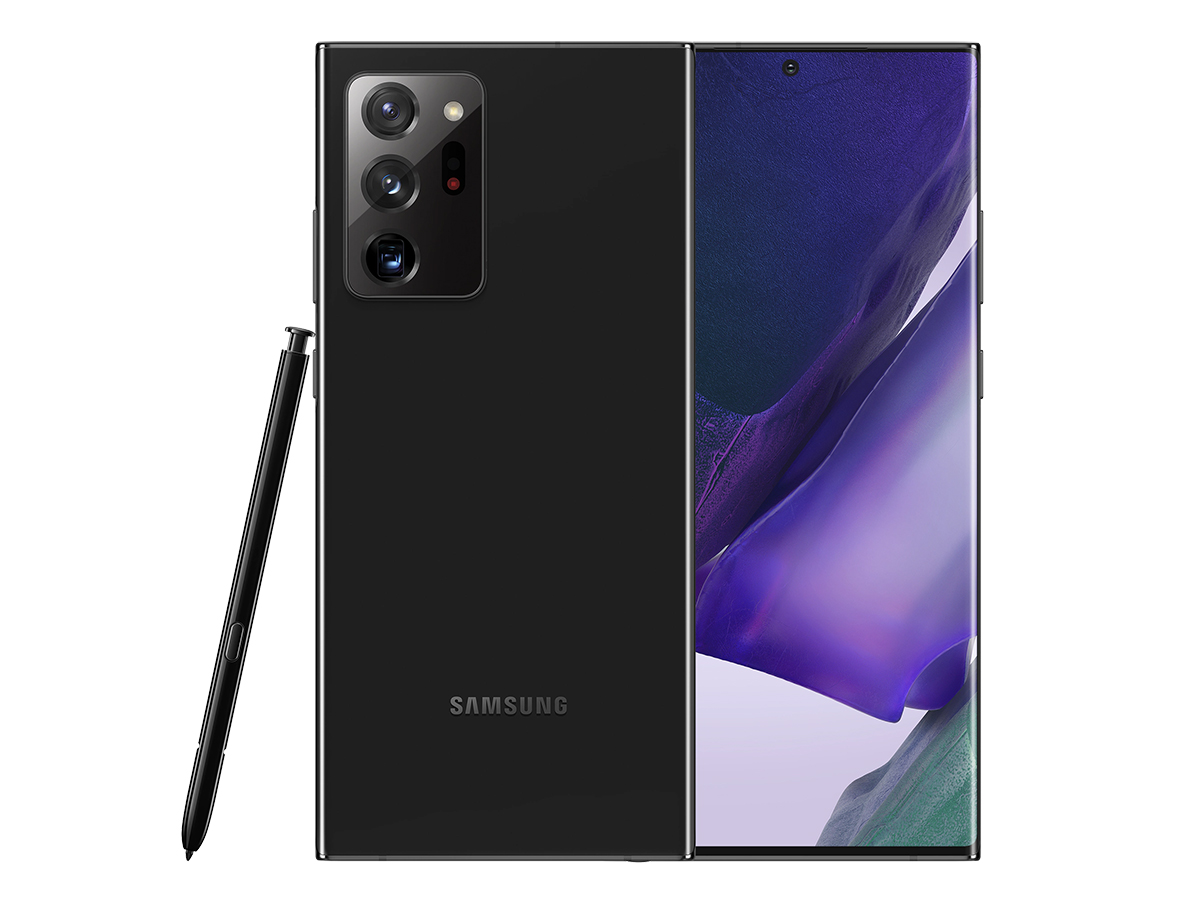
Samsung Galaxy Note20 Ultra 5G (Exynos)


With 120 points, the Samsung Galaxy Note20 Ultra 5G is a capable device for smartphone photography, but doesn’t quite make the upper regions of the DXOMARK Camera rankings under our updated testing protocols. With a good Photo score of 122, it’s a solid performer in many of our test categories; key strengths include vivid color rendering, nice bokeh shots and a generally reliable preview image.
The Samsung Note20 Ultra 5G’s primary camera delivers excellent exposure in bright light and typical indoor conditions. Although dynamic range isn’t quite as extended as we’ve seen with some devices, and low-light images can be slightly underexposed, it does a good job overall. Exceptional color rendering ensures high levels of saturation for very vibrant images, and aside from some minor color casts, white balance is accurate. Accurate autofocus means images are almost always in sharp focus although the AF tends to be slower than the best in HDR conditions. The level of detail is acceptable in all conditions but far from the best we have seen. We also did observe slightly more noise on the Note20 Ultra 5G than we’re used to on Samsung devices.
Portrait mode is a strength on the Note20 Ultra 5G. When successfully activated, bokeh quality is very good, with a strong depth-of-field effect, well-contrasted bokeh spotlights, and a natural-looking blur gradient effect. It can be a little unreliable, though, and depth estimation isn’t quite as good as we saw on the S20 Ultra, with edge artifacts occasionally visible and faces lacking a little detail, too. Those issues aside, the overall effect is often pleasant, and continued excellent color and exposure ensures that portrait mode often yields nice results.
For nocturnal photography enthusiasts, the Note20 Ultra 5G also delivers some nice results with the flash turned off, thanks to accurate exposure, color, and white balance. It’s slightly less successful in flash-auto mode, however, where low-light cityscapes aren’t quite as well exposed. Noise is generally a little more prevalent and detail is slightly lower in the Note20 Ultra 5G’s nighttime images compared to the best performers in our rankings, but it is nevertheless more than capable. Preview image quality is good, too, with the Note20 Ultra 5G achieving one of the top scores in this new test category.
At 76 points, the Samsung’s Zoom score is a little disappointing compared to some of its direct competitors in the high-end segment. The triple camera setup provides lots of shooting options for smartphone photographers, but the implementation of a 120 mm-equivalent tele-lens has some implications for the quality of its zoom shots. At long range it’s excellent, recording good detail in outdoor and indoor images. Exposure and color are generally very nice in all zoom shots, too, but significant problems are evident in medium-range zoom shots (approximately 4x magnification), where numerous artifacts are visible and a strong loss of texture and detail occurs in the outer field.
The ultra-wide camera is much more successful. While the field of view isn’t quite as wide as our new top-ranked wide device (the Xiaomi Mi 10 Ultra), the Note20 Ultra 5G’s module still squeezes lots of image into the frame. Globally, ultra-wide image quality is very good, with the same excellent exposure and color from the main camera filtering down to the wide. Noise is often visible, detail is a little lower, and common wide-angle artifacts are slightly visible, but there’s nothing too problematic and overall it does an admirable job.
Tested and scored at its 4K/30 fps setting (which offers the best results), the Samsung Galaxy Note20 Ultra 5G achieved an overall Video score of 106 points. This ranks slightly behind the leading Xiaomi and Huawei flagships for video, but is still a very admirable performance. Performance is good for exposure, color, texture/noise, and stabilization, with good results handholding the camera while stationary or when walking.
Photo scores explained
The Samsung Galaxy Note20 Ultra 5G achieves a good Photo score of 122, but doesn’t quite reach the heights of our top performers for stills. The camera delivered good results in most tested categories, with just a few minor niggles that affected its overall Photo score. In this section, we take a closer look at how each sub-score was determined and compare image quality against some key competitors.

Exposure and Contrast
Samsung Galaxy Note20 Ultra 5G (Exynos)
82
111
The Note20 Ultra 5G delivers accurate target exposure and acceptable dynamic range in outdoor and indoor conditions, but disappointing scores for low-light exposure mean it’s far from a top performer in this category. In lab tests, target exposure measurements were generally good between 20 lux and 300 lux, with target exposures within our acceptable 45 to 60L* range. Target exposure measurements were a little high in bright light over 300 lux and low in very dark conditions below 20 lux.
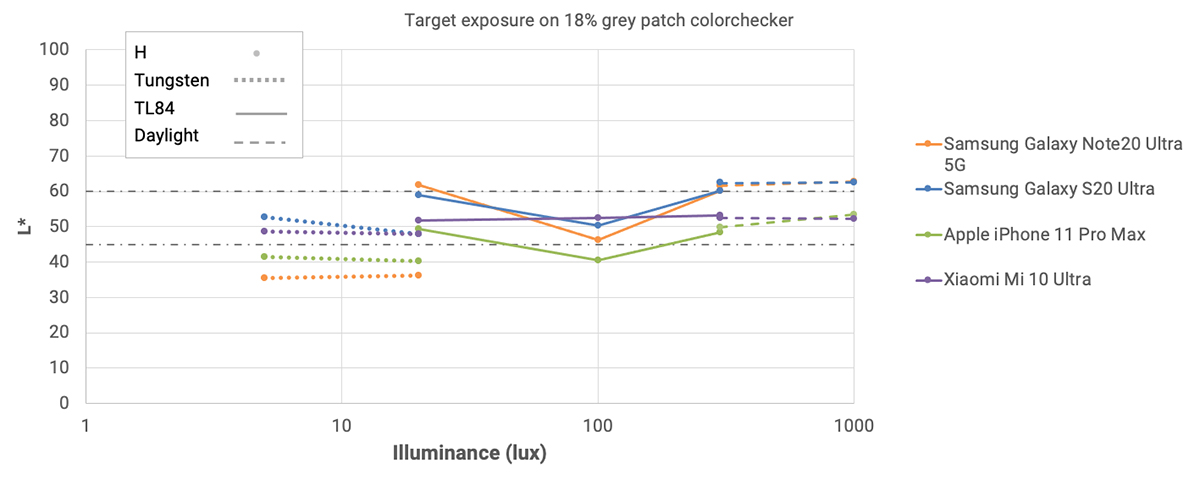
In our perceptual analysis, dynamic range isn’t quite as good as the best devices for very high-contrast scenes. It’s certainly not terrible, with some color and detail preserved in both the highlight and shadows regions, but it’s not perfect. In this bright backlit portrait, the iPhone and Xiaomi examples recover very bright highlights in the clouds better and deliver more natural-looking color in the sky. Target exposure on the portraits is slightly low in the iPhone example, with the Samsung and Xiaomi delivering brighter faces.
Our experts also observed low target exposures under very low-light conditions. Exposure management could be fine-tuned for better results on the Note20 Ultra 5G, as although the low exposure preserves detail in the bright lamp, dark areas are very underexposed. The Xiaomi handles the scene the best, providing brighter target exposure with better detail in the shadows, while at the same time preserving detail in the lamp.

Color
Samsung Galaxy Note20 Ultra 5G (Exynos)
98
107
The device achieves an excellent score for color, which is one of its main strengths. Colors are pleasant in most tested conditions, with particularly impressive results in bright light, where levels of saturation are high. In outdoor sunny conditions, color on the Note20 Ultra 5G is more vibrant compared to the iPhone 11 Pro Max, and although similar to the Mi 10 Ultra, greens and blues are slightly richer on the Samsung device.
Color shading is fairly well controlled on the Note20 Ultra 5G, so tones are consistent across the frame. The only exception is in extreme low light, where a slight difference between the center and edges of the frame is evident, but it isn’t overly problematic. Minor white balance casts can be seen in most conditions, including a slight pink cast in shadow areas in outdoor shots. Similarly, slight orange and pink casts are sometime visible under low light and indoor lighting, which can affect skin tone rendering. In this indoor example below, white balance and skin tone rendering is more neutral on the Xiaomi, with a slight green tone to the iPhone and pink tone to the Samsung. To be fair, casts on the Note20 Ultra 5G aren’t very concerning in most cases, but worth noting.

Autofocus
Samsung Galaxy Note20 Ultra 5G (Exynos)
94
109
Autofocus performance is acceptable on the Note20 Ultra 5G, although it doesn’t quite achieve a perfect score and struggled slightly in some of our new and more challenging tests. In our benchmark lab analysis, we found autofocus to be fast and accurate in all lighting conditions with the device mounted on a tripod. Handheld, however, it was noticeably slow to find focus in simulated high-contrast and low-light setups.
You can see in our chart below that under indoor 100 lux lighting with 4EV contrast, the Note20 Ultra 5G eventually found sharp focus on all 30 shots, but it took around 300 ms to lock on. In comparison, the Xiaomi and iPhone also delivered consistently sharp images, but in much faster time. We noticed some focus instabilities in our perceptual analysis, too with shots occasionally out of focus in both indoor and low-light conditions. This was particularly true with strong backlighting, where the Note20 Ultra 5G tended to lock onto the background instead of on the main subject.

Texture
Samsung Galaxy Note20 Ultra 5G (Exynos)
93
111

Noise
Samsung Galaxy Note20 Ultra 5G (Exynos)
81
102
The level of detail is very acceptable under all tested conditions on the Note20 Ultra 5G, with the device implementing a good texture-versus-noise tradeoff. In our lab measurements, texture scores for static scenes are consistent with the S20 Ultra and Mi 10 Ultra from low light (20 lux) to bright light (1000 lux), with a slight improvement over the iPhone 11 Pro Max. The Apple and Xiaomi devices were capable of squeezing out a little extra detail in very low-light conditions (below 20 lux), however, achieving texture scores of around 70% acutance compared to around 60% on the Note20 Ultra 5G at 1 lux.
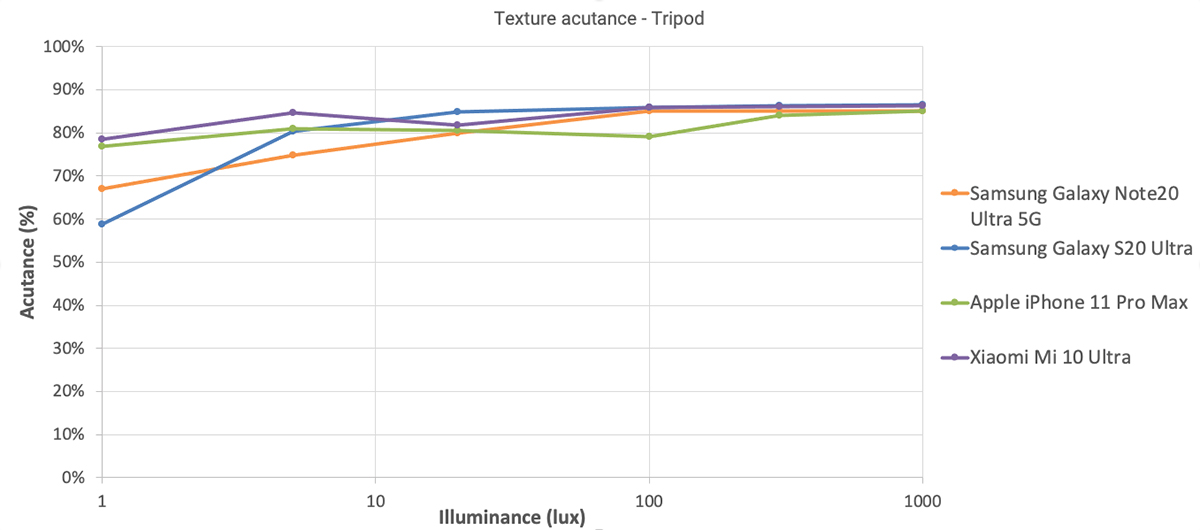
In our analysis of test scene images, detail is good outdoors but drops somewhat compared to the competition under indoor lighting and in low light. All three comparison devices show good texture and detail in this outdoor shot, but the Xiaomi is slightly ahead of the other two. The Samsung device uses noticeably stronger sharpening than both the iPhone and the Xiaomi.
Pixel-peeping test scene images, slight luminance noise is visible in areas of uniform color in outdoor images, and while it’s not overly problematic, the best devices are noise-free in these areas. Some noise can be seen in indoor images, too, but it’s most noticeable in very low light. In this photo, you can see the Xiaomi is capable of extremely smooth images with virtually no noise evident. Some noise is visible on the Samsung Galaxy S20 Ultra, but noise levels are visibly the highest on the Note20 Ultra.

Artifacts
Samsung Galaxy Note20 Ultra 5G (Exynos)
51
77
The Note 20 Ultra 5G achieves a low score for artifacts in our updated analysis, which is one of its main weaknesses in the Photo score. We applied significant penalties for hue shift, color quantization, flare, ghosting, and ringing artifacts. Fairly heavy ringing is prominent along contrasted edges when viewing images at large scale, and a hue shift near saturation renders skies a little unnatural, as we saw for the exposure attribute earlier. You can see many examples of artifacts in this HDR example, too, including a hue shift in the sky, halo around the subject, ghosting on the hand, and flare in the bottom left corner.

Night
Samsung Galaxy Note20 Ultra 5G (Exynos)
61
82
There’s a little room for improvement in the night photography capabilities of the Note20 Ultra 5G, but it does a pretty good job overall. Exposure and color are nice in night scenes captured using flash-auto mode, and although detail is a little low with some noise visible, the results are generally pleasant. In very low-light scenes, however, the flash often triggers in flash-auto mode, resulting in underexposed backgrounds, slightly inaccurate color, and more noise.



Capturing night portraits in flash-auto mode, the performance of the flash is good, recording accurate exposure of the subject, nice color with pleasant skin tones, and a high level of detail. Dynamic range is quite limited using flash, though, so backgrounds tend to be noticeably underexposed. This means flash-off generally captures a more atmospheric night portrait, with nicer overall exposure and good color, although detail on faces is lower and more noise is visible compared to flash portraits. So if the subject is important, flash-auto delivers better detail and noise on the face, but flash-off will deliver nicer exposure and color overall.

Bokeh
Samsung Galaxy Note20 Ultra 5G (Exynos)
70
80
The Note20 Ultra 5G delivers very effective bokeh shots and achieves close to a top score in this category. Bokeh image quality is good in both indoor and outdoor conditions, as well as across the numerous factors we evaluate—when the effect is successfully applied. Unfortunately, activation is not as reliable as many other top-tier devices, however, and our testers observed failures in a range of lighting conditions when shooting consecutive images using portrait mode.
When applied, though, the depth-of-field effect is excellent, with strong blur intensity, well-contrasted circular spotlights, uniform noise across blurred and sharp areas, as well as a realistic blur gradient effect on elements at different distances from the portrait. Depth estimation isn’t perfect, with more obvious edge artifacts compared to the best bokeh devices, but the most problematic issue we observed were occasional focus failures and low detail on faces.

Preview
Samsung Galaxy Note20 Ultra 5G (Exynos)
58
80
Preview image quality is a nice strength for the Note20 Ultra 5G, where it achieves one of the top scores in this new test category. Target exposure, texture, noise, and artifacts are very similar between what you see on screen while composing and what you see in the final image. The absence of live HDR processing means it’s less successful in high-contrast conditions however, where highlights are over-exposed and often void of color. You can see in this comparison that the preview doesn’t realistically portray how the sky will be captured in the final image.
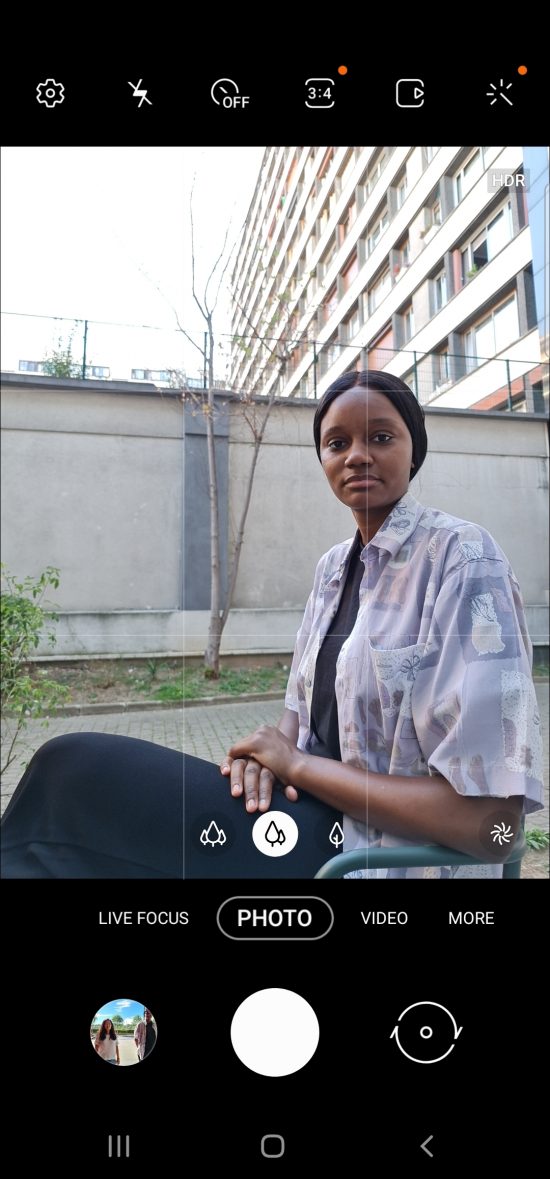

It’s a similar story for bokeh rendering, where the Note20 Ultra 5G does a pretty good job, although there are some slight differences. In reasonably well-balanced lighting, exposure and color are fairly accurate and again, noise and texture rendering is good, but exposures for high dynamic scenes aren’t accurate. Perceptual scores for bokeh preview were also slightly lower due to depth estimation and blur intensity differences between preview and capture. You can see below that the edges of the subject are often blurred or display edge artifacts in preview, but the device renders improved subject segmentation in the final image.
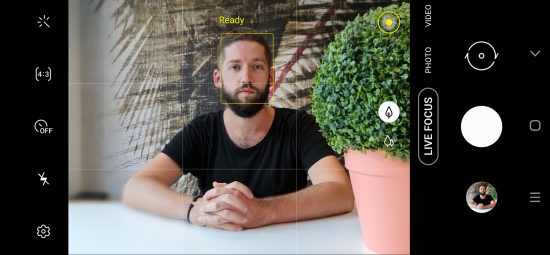

The Note20 Ultra 5G allows you to pinch-zoom from 0.5x magnification on the ultra-wide camera all the way to 50x digital zoom, which is a nice feature. Performance could be improved, however, with obvious field-of-view jumps and exposure instabilities as the device transitions between the various cameras as you zoom.
Zoom scores explained
Equipped with both an ultra-wide and tele-lens, the Samsung Galaxy Note20 5G has the hardware to achieve a good score in our new sub-score. For ultra-wide photography it’s a top performer, but issues with the quality of tele-lens shots reduced its overall Zoom score to a slightly disappointing 76. In this section, we take a closer look at how these sub-scores were achieved and compare zoom image quality against some key competitors.

Tele
Samsung Galaxy Note20 Ultra 5G (Exynos)
95
140
Tele-lens performance is a major area of improvement for the Note20 Ultra 5G, which earned a fairly disappointing overall score in this category. It’s best at long range, with the 120mm-equivalent lens delivering good detail in both indoor and outdoor conditions, although you can expect a significant drop in resolution in low light. Noise is slightly more prevalent at long range compared to the best devices, but it’s not a major issue; and exposure, color, as well as artifacts, are well controlled.
More serious artifacts are visible in close- and medium-range zoom shots, however, where the Note20 Ultra 5G can’t use only its dedicated tele-lens. In our comparison below, at a 110 mm-equivalent focal length, the Note20 Ultra 5G is capable of acceptable detail towards the center of the frame and overall exposure and color are good. Some obvious maze, moiré, and color artifacts are visible at close inspection, though, and texture instabilities with a strong loss of texture in the outer field undermines its overall effectiveness at these focal lengths.
Limited by a 52 mm-equivalent tele-lens, detail on the iPhone’s 110 mm medium-range zoom shots is much lower than the Samsung, but it avoids artifact issues and is much more consistent in its resolution across the frame. In comparison, the Xiaomi remains one of our standout performers in the tele-lens category. Despite featuring a similar focal length tele-lens to the Note20 Ultra 5G, the Mi 10 Ultra excels at medium range, with exceptional detail across the whole image and no fusion or texture artifacts.

Wide
Samsung Galaxy Note20 Ultra 5G (Exynos)
47
58
In line with other recent Samsung high-end devices, the ultra-wide camera is a very good performer on the Note20 Ultra 5G. Samsung was knocked off the top of our ultra-wide rankings recently by the Xiaomi Mi 10 Pro (which offers the most all-encompassing field of view we’ve tested to date, along with excellent overall image quality), but the Note20 Ultra 5G pushes it close. At the default setting — an effective focal length closer to a 14 mm-equivalent, its field of view isn’t as wide as either the iPhone 11 Pro Max or the Mi 10 Ultra, but it’s still pretty wide, and the Note20 Ultra 5G displays the same vibrant color, accurate white balance, and good target exposures with reasonably wide dynamic range as the main camera.
Highlights in very bright conditions are often slightly clipped, like we saw with the main camera, but exposures are very nice overall from the ultra-wide module. Artifacts commonly associated with ultra-wide cameras, such as color fringing, ringing, a loss of sharpness, and anamorphosis of faces in the outer field are slightly visible but not too concerning. Noise is usually visible in low light, however, and the level of detail in all tested conditions is a little behind the Mi 10 Ultra.
Video scores explained
A device’s overall Video score is derived from its performance and results across a range of attributes in the same way as the Photo score. Tested in its 4K/30 fps mode, the Note20 Ultra 5G achieved a Video score of 106 and the following sub-scores: Exposure (93), Color (95), Autofocus (81), Texture (84), Noise (92), Artifacts (77), and Stabilization (96). In this section, we take a closer look at the device’s strengths and weakness for video, with some comparisons against its key competitors.
Under benchmark testing in the lab, video target exposures on the Note20 Ultra 5G were very accurate, capturing bright and well-contrasted videos in simulated lighting conditions between low light (20 lux) and bright light (1000 lux). Video target exposures are broadly on par with those of the iPhone 11 Pro Max, except in very low light, where the Apple device is a tad brighter. The Note20 Ultra 5G’s videos are darker in most simulated conditions compared to the Mi 10 Ultra in our measurements, however, and particularly in low light between 5 and 20 lux.
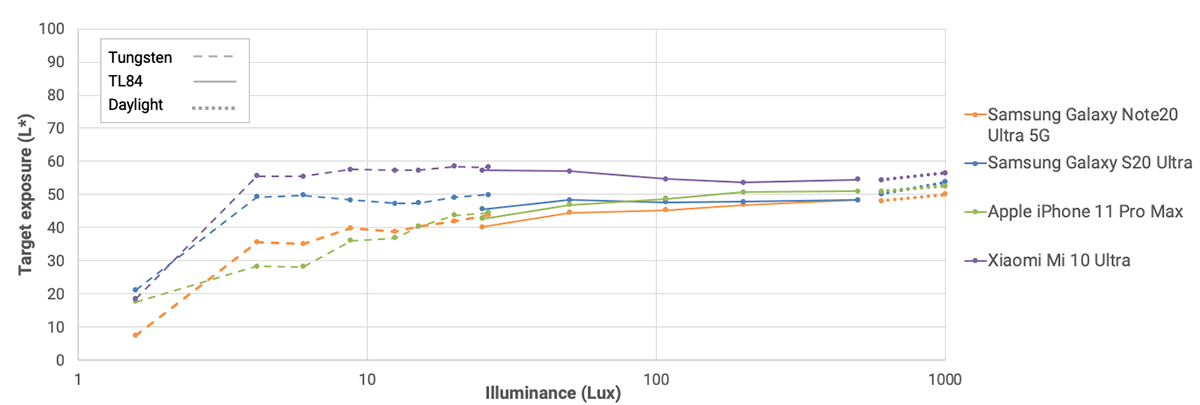
The device scored well for indoor and outdoor exposure in our perceptual analysis, with generally pleasant brightness and fairly wide dynamic range. Videos are particularly successful in bright sunny conditions, thanks to rich and pleasant colors, accurate white balance, and good texture preservation.
Samsung has achieved an excellent texture-versus-noise tradeoff in the implementation of 4K/30 fps video on the Note20 Ultra 5G and the S20 Ultra. Exceptional levels of detail, measured at over 90% acutance between 20 lux and 1000 lux in our lab measurements, put the Samsung devices on par with the Xiaomi Mi 10 Ultra.
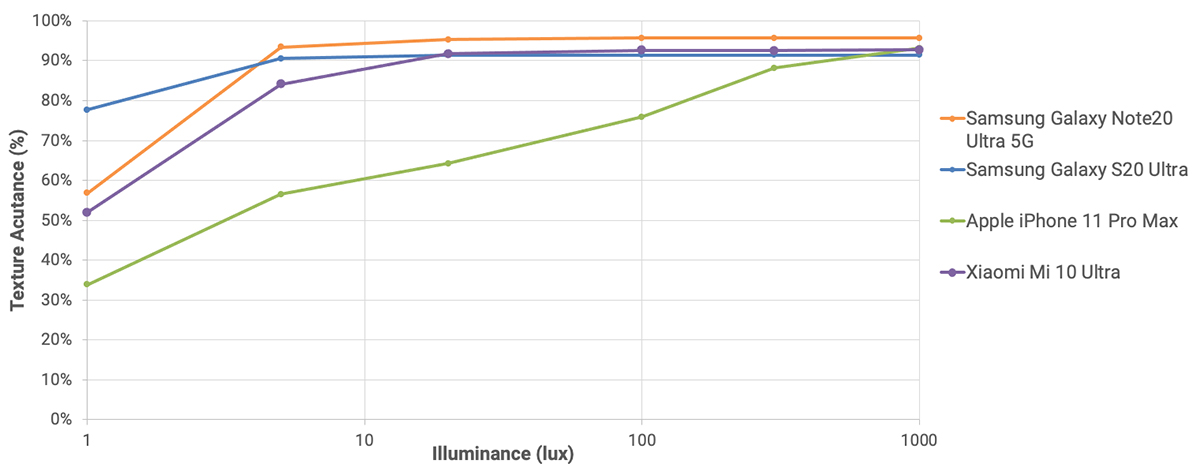
The texture-versus-noise tradeoff isn’t quite as good in low light, however. Noise is slightly more prevalent on the Note20 Ultra 5G in all lighting conditions compared to the S20 Ultra and the Mi 10 Ultra, with a noticeable rise in visual noise in low light. So although texture remains good, expect to see some noise in the Note20 Ultra 5G’s videos when the light levels drop.
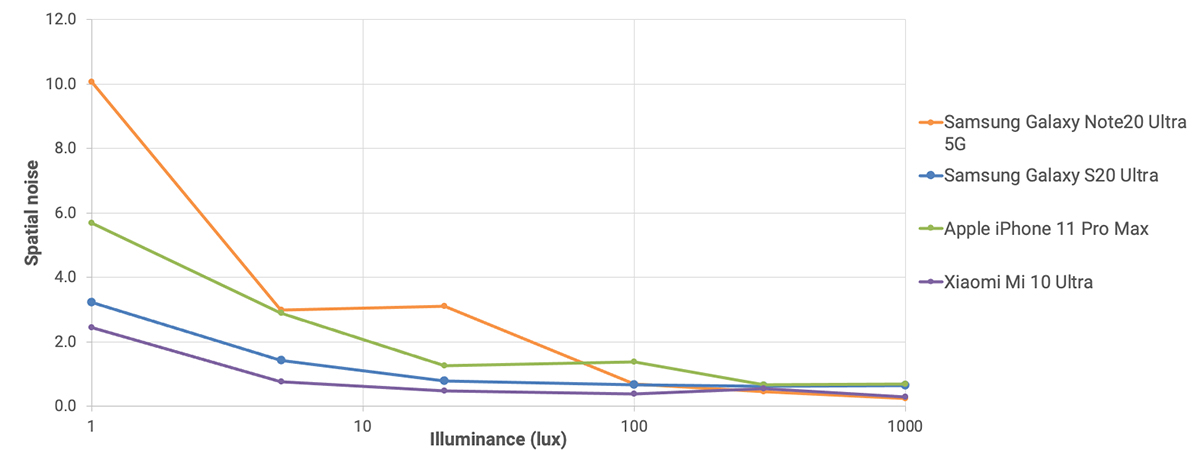
Video autofocus could be improved, as we noticed some focus breathing issues as well as slow reaction times and inaccurate tracking. In many examples, the device was either slow to shift focus from the background when a face was visible in the scene, or in some cases often refused to focus on the person at all. You can see the focus breathing at the start of this video and that the Samsung’s autofocus remains locked on the background when a person comes into view, whereas the iPhone quickly changes focus to the subject’s face.
We applied small penalties for frame rate instabilities, as well as for ringing and judder artifacts, but on the whole, video performance is stable and avoids any serious problems. The stabilization system is also very effective for static handheld videos in both indoor and outdoor lighting conditions, where unwanted residual motion is well controlled, frame sharpness is consistent, and videos remain stable during scene changes.
Conclusion
For the most part, image quality on the Samsung Galaxy Note20 Ultra 5G is very good but it’s mainly fusion issues when zooming that prevent the device from ranking higher in the DXOMARK Camera database. Slightly lower texture, more noise and darker exposures in low light also mean it is slightly trailing behind its stablemate S20 Ultra. Still, the latest Samsung flagship deservedly makes it into the upper regions of our rankings and most smartphone photographers will be delighted with the results of its camera.
Pros
- Vivid and pleasant color (Photo & Video)
- Accurate exposure with wide dynamic range (Photo & Video)
- Acceptable detail (Photo)
- Good long-range zoom capabilities (Zoom)
- Accurate exposure and color with ultra-wide (Zoom)
- Good preview accuracy and zoom smoothness (Photo)
- Effective stabilization while walking (Video)
- Well-controlled noise (Video)
Cons
- Autofocus instabilities (Photo & Video)
- Numerous visible artifacts (Photo & Video)
- Visible noise, especially in low light (Photo)
- Fusion artifacts with close- and medium-range zoom (Zoom)
- Visible noise and artifacts using the ultra-wide (Zoom)
- White balance errors in low light (Video)


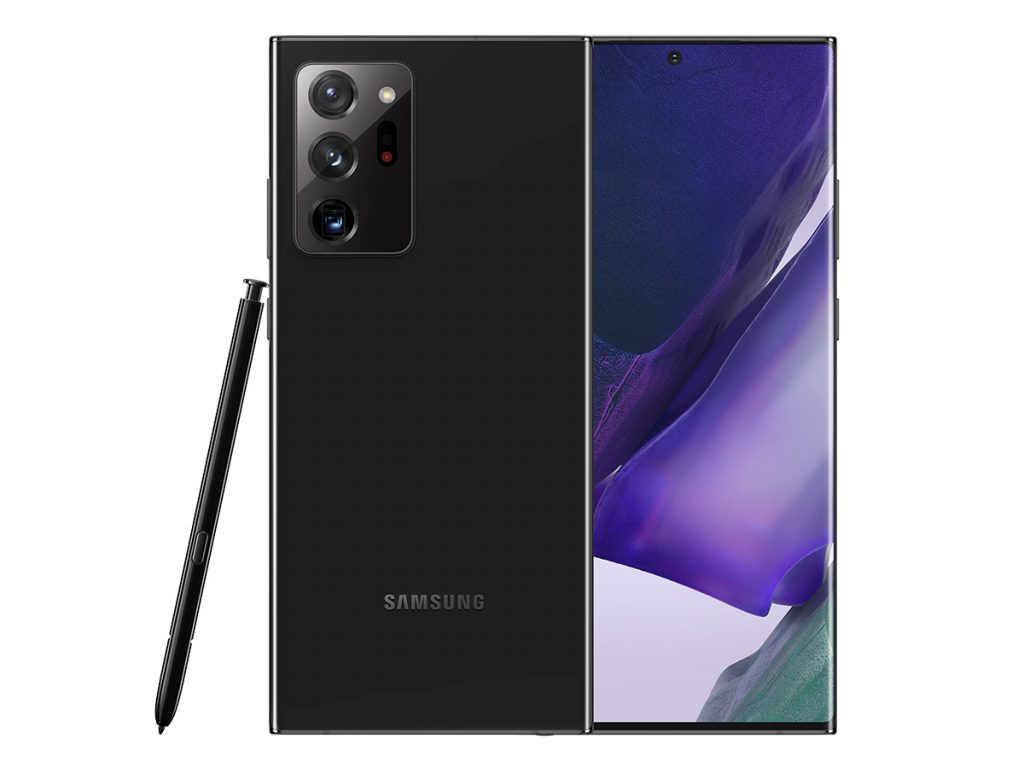

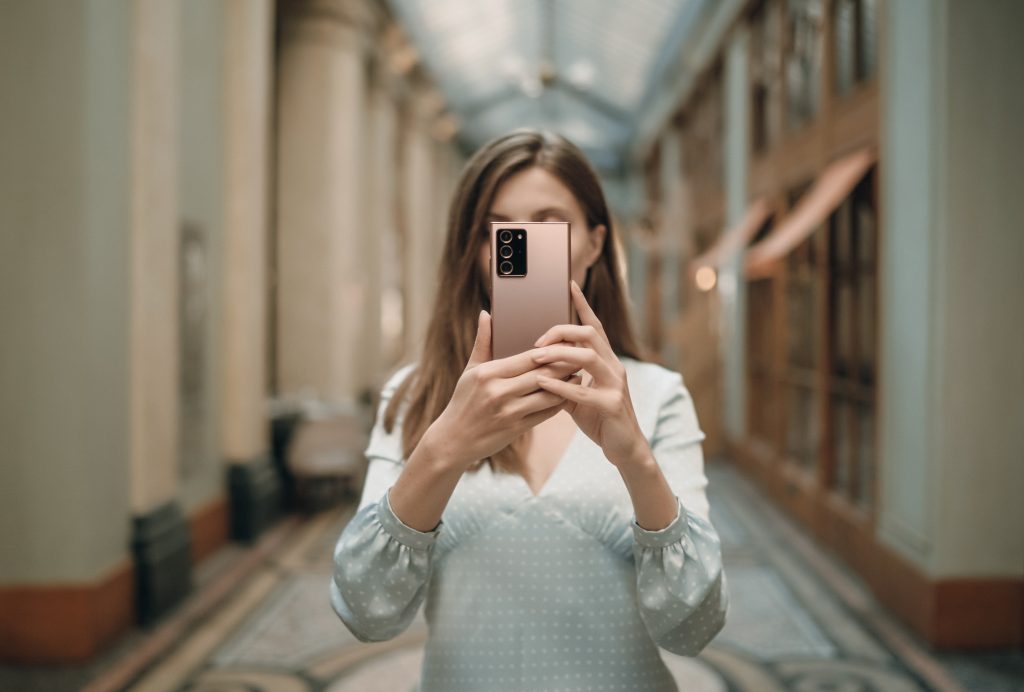







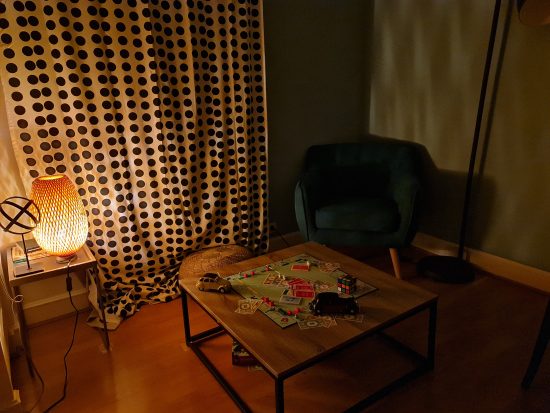
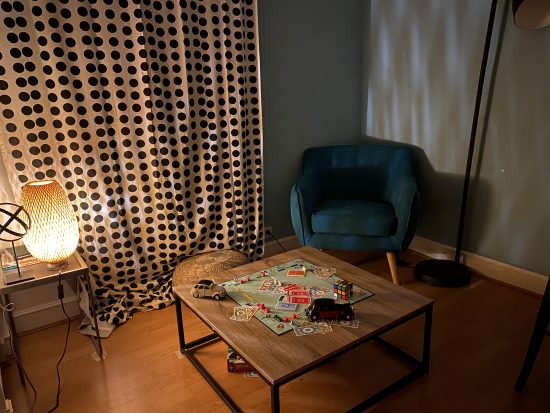
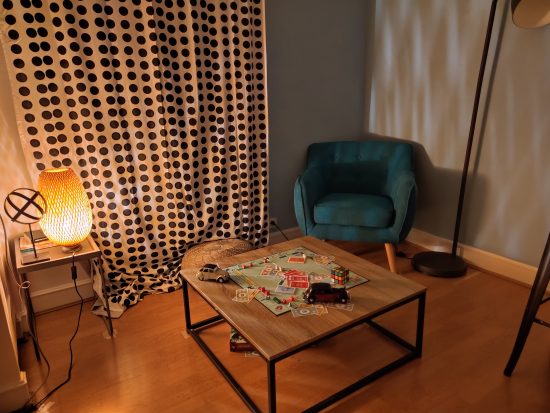






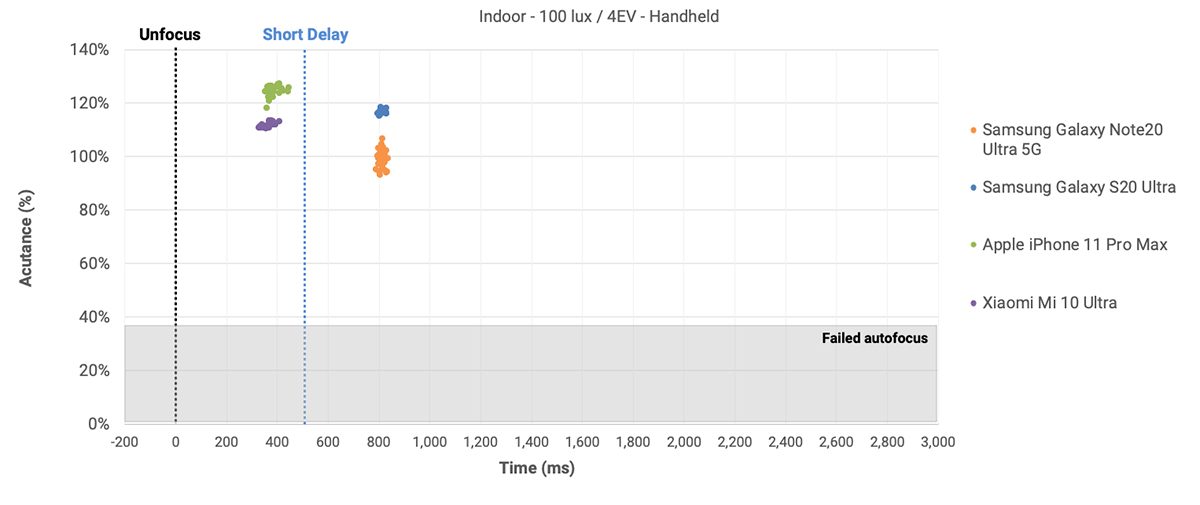



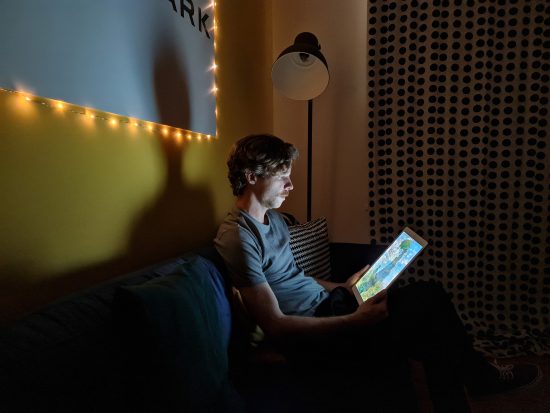
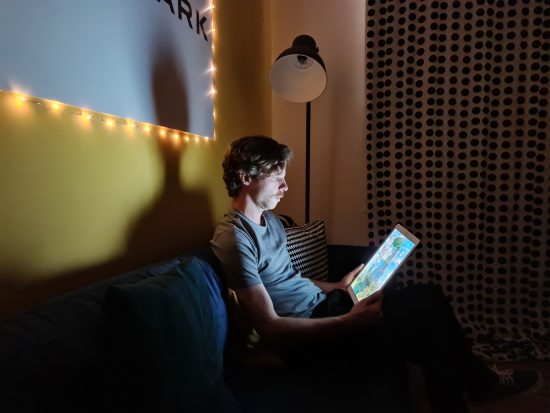
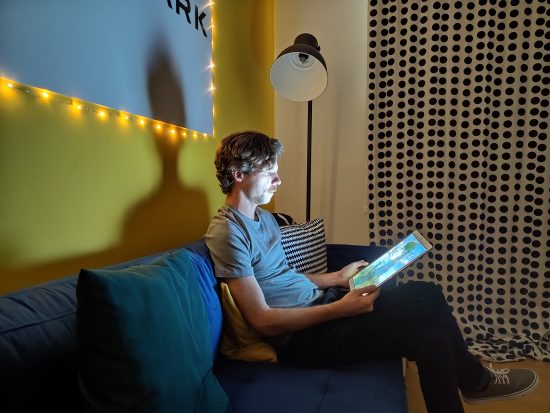




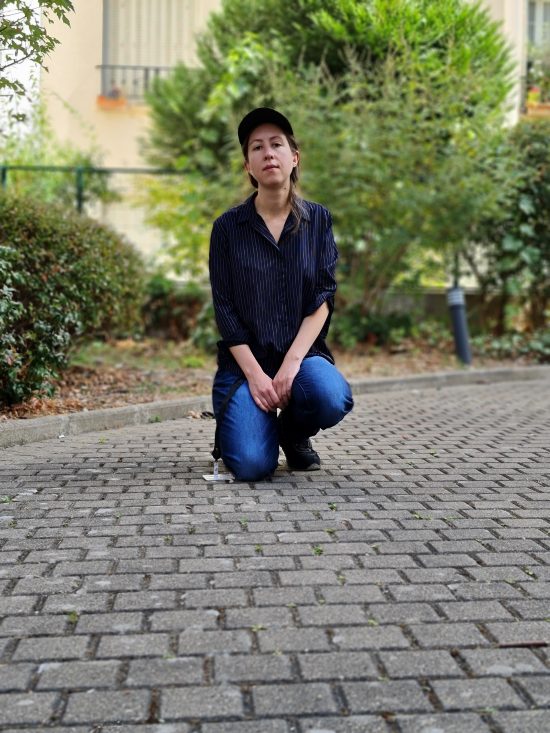
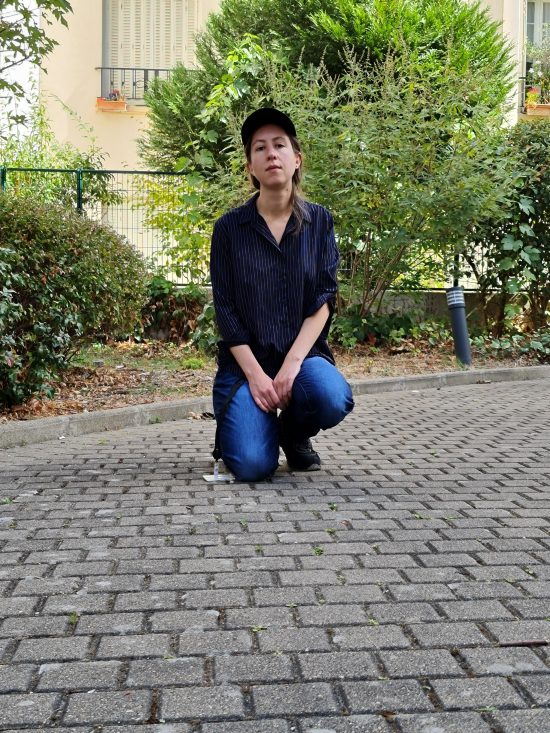









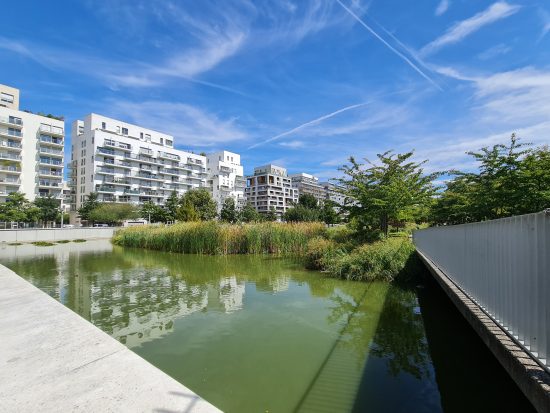
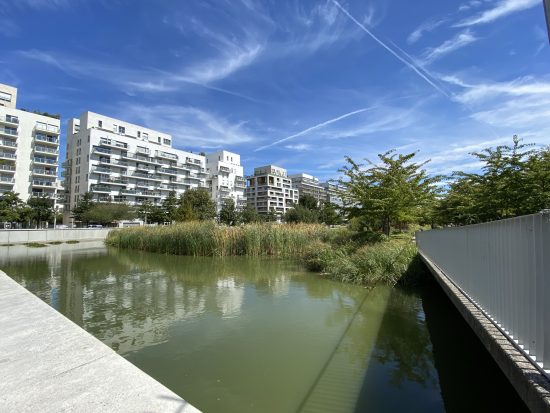
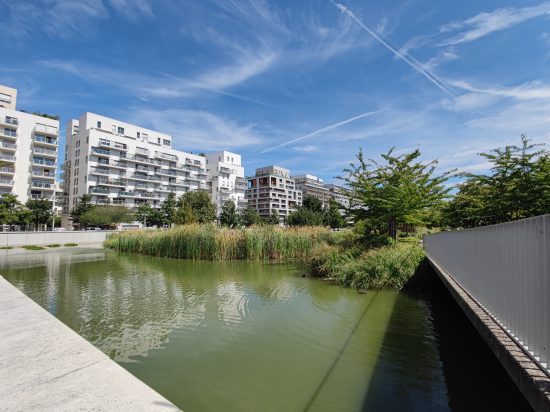
DXOMARK encourages its readers to share comments on the articles. To read or post comments, Disqus cookies are required. Change your Cookies Preferences and read more about our Comment Policy.